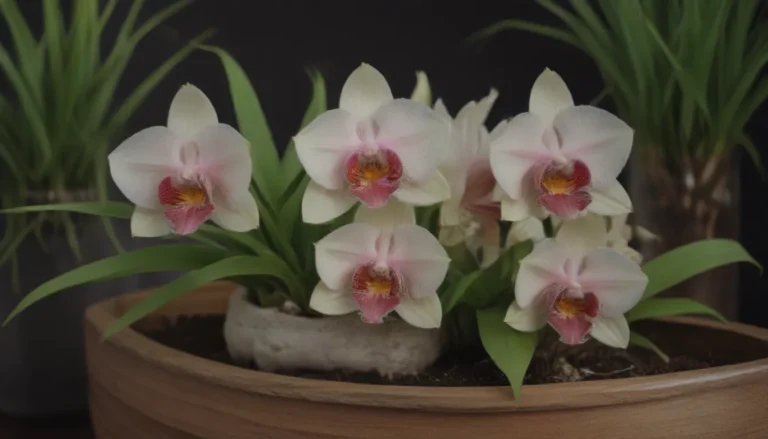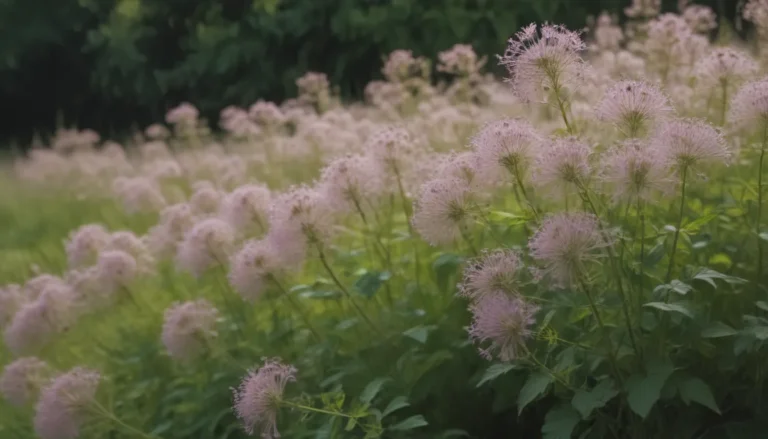Comprehensive Guide to Growing Calico Aster (Symphyotrichum Lateriflorum)

Calico aster, also known as starved aster, is a beautiful herbaceous perennial that graces late summer and autumn landscapes with its delicate white flowers and rosy pink centers. With its dark green glossy leaves, this distinctive wild aster adds a touch of charm to roadsides, woodland edges, and meadows. In Europe, calico aster is a beloved cottage garden staple, but in North America, it typically reseeds itself from wild locations due to its resistance to cultivation.
Overview of Calico Aster Care
Caring for calico aster is relatively easy, especially if you’re growing them in wild, woodland, or meadow areas. The plant tends to reseed itself, making it a low-maintenance addition to your landscape. However, it’s essential to be mindful of its spreading tendencies and take appropriate steps to manage its growth.
Warning:
- Calico aster reseeds readily and may spread aggressively in sunny spots.
- The plant can establish itself amid shady ground covers, making it challenging to remove roots.
Soil:
- Calico aster is fairly tolerant of different soil types, but it thrives in well-drained, moderately fertile soil.
- It can survive in hard or dry soils and shady conditions, displaying remarkable tenacity.
Light:
- Calico aster grows in most light conditions but prefers partial sun.
- It does well in shady areas and benefits from partial shade, as excessive sunlight may lead to aggressive reseeding.
Water:
- The plant is fairly drought-tolerant but may require extra water during prolonged dry spells.
- Water regularly in spring when new young plants emerge to support healthy growth.
Temperature and Humidity:
- Calico aster is cold-hardy, making it suitable for areas with hot summers if planted in shady locations.
- Ensure good air circulation to prevent powdery mildew in humid conditions.
Fertilizer:
- Calico aster does not require supplemental fertilizer, thriving on its own in suitable growing conditions.
Maintenance Tips for Calico Aster
Pruning:
- While calico aster doesn’t need regular pruning, cutting back in fall can help control its spread.
- Deadhead or trim flowers before they go to seed to prevent invasive growth in your garden.
Propagating:
- Calico aster self-propagates through wind, foot traffic, and wildlife dispersal.
- Transplanting can be done in spring or fall by dividing clumps and moving them to semi-shaded areas for optimal growth.
Dealing with Pests and Diseases
Calico aster is a hardy plant that attracts various insect pollinators. However, it may be susceptible to a few diseases:
Common Pests:
- The plant is generally not bothered by pests but may attract insect visitors.
Plant Diseases:
- Verticillium wilt: Caused by fungi in the soil, resulting in yellowing and browning of leaves. Affected plants should be promptly removed.
- Powdery mildew: A common issue when there’s poor air circulation, requiring affected leaves to be cut away.
Additional Information
- Calico aster is a clumping perennial that reseeds itself, adding a touch of beauty and charm to your landscape.
- It’s important to differentiate between calico aster and white woodland aster, as they may look similar but are distinct plant species.
In conclusion, calico aster is a delightful addition to any garden or natural landscape, offering vibrant blooms and easy maintenance. By following these care tips and staying vigilant against potential issues, you can enjoy the beauty of this wild aster throughout late summer and autumn.





